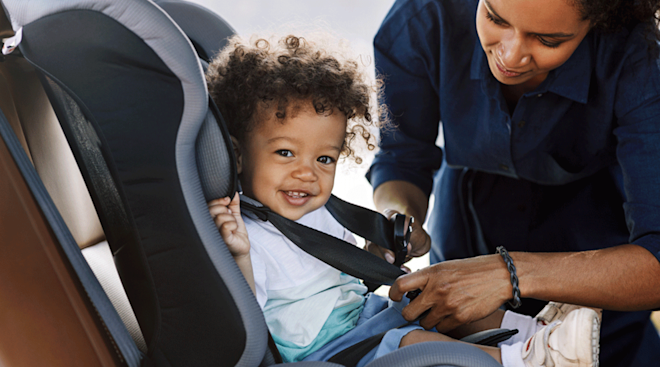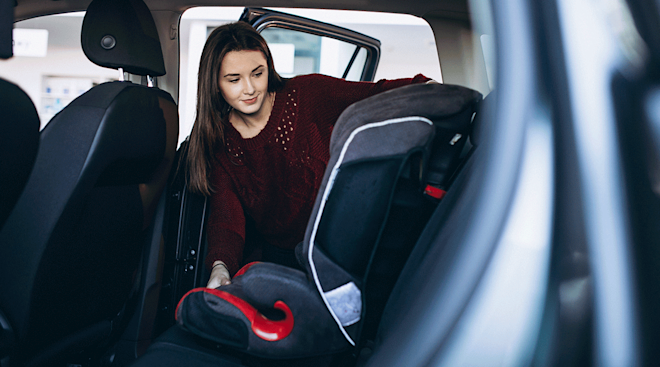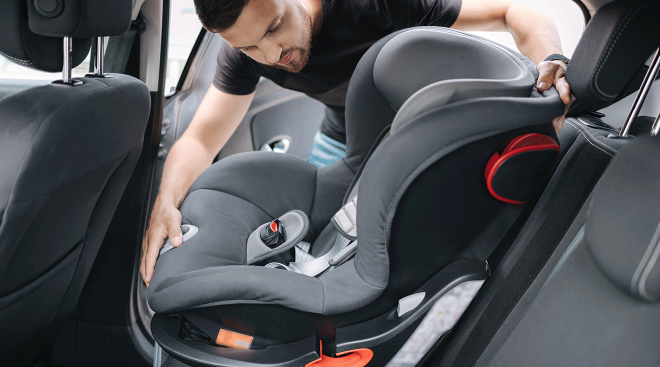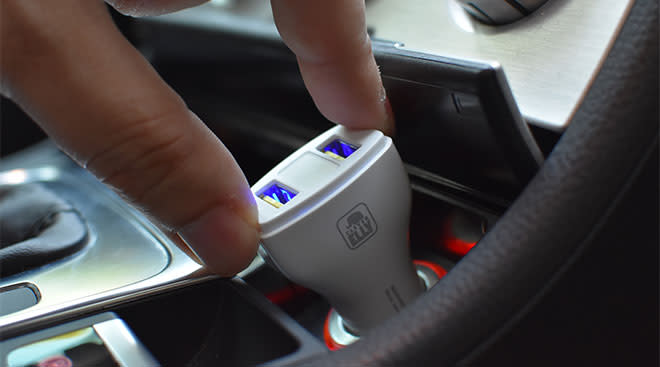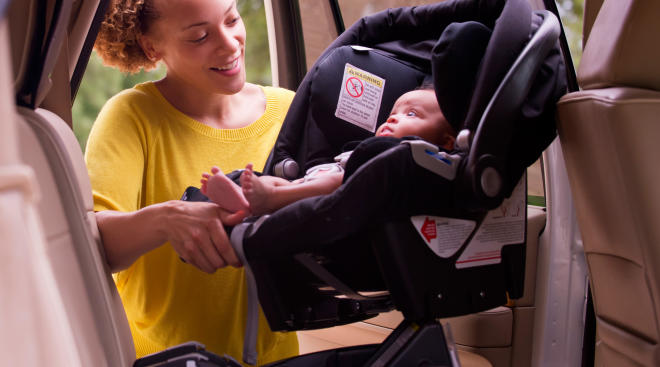You knew to bring home your newborn in a rear-facing car seat. But did you wait long enough to turn your little passenger around? As of 2011, the American Academy of Pediatrics (AAP) recommends that infants remain in a rear-facing seat until age 2, or until they’ve exceeded the height and weight requirements for that seat. That’s a lot longer than the previous recommendation of age 1, or 20 pounds. And now a new study says nearly three-quarters of parents don’t follow these guidelines.
Researchers at the University of Michigan conducted two national surveys as part of the C.S. Mott Children’s Hospital National Poll on Children’s Health — one a month after the AAP updated its guidelines in 2011 and another in 2013. Parents of 1- to 4-year-old children who had been turned in their car seats were asked exactly when they rotated the seat. In 2011, 33 percent of the parents did so at or before 12 months. By 2013, that number dropped to 24 percent.
“So we’ve seen some improvement, with a higher proportion of parents reporting that they are waiting longer to make the switch to a forward-facing car seat. However, almost one-quarter of parents are turning their children before their first birthday,” says the study’s lead author Michelle L. Macy, M.D., M.S. “Getting parents to delay the transition to a forward-facing seat still represents an opportunity to improve passenger safety in the U.S.”
That safety is critical; car collisions are a leading cause of death for children under 4, and the leading cause of death for older children. Yes, we know it’s exciting and reassuring to be able to see baby while you’re driving, but be patient; keeping him in a rear-facing seat for another year reduces the risk of serious injury.
Please note: The Bump and the materials and information it contains are not intended to, and do not constitute, medical or other health advice or diagnosis and should not be used as such. You should always consult with a qualified physician or health professional about your specific circumstances.
Navigate forward to interact with the calendar and select a date. Press the question mark key to get the keyboard shortcuts for changing dates.



































